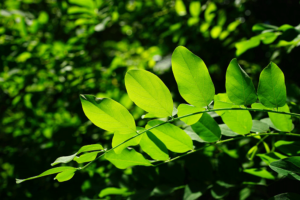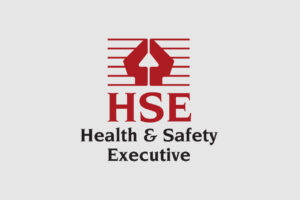As a Tree Officer I spend a great deal of time advocating for urban trees and it is hard for me to hear that there is a new green product which claims to improve air quality more efficiently and cost effectively than trees. But Green City Solutions has done this with its new mossy installation ‘CityTree’. I don’t fear for the future of urban trees though and I am not going to give it all up to become a moss farmer!
CityTree is a vertical panel filled with a computer controlled, solar powered irrigation system and clad in abundant moss (and optional advertising). It is very alluring, sleek, compact and unusual. As a unit it is a contained package, aesthetically fits into the angled urban landscape and there is even an option for an integrated bench.
The secret to success
CityTree’s secret is the massive surface area of the moss. Working throughout the year, each panel is said to capture 12.2kg of particulate matter and 240 tonnes of carbon dioxide annually, plus 40g of nitrogen oxide for every eight hours of sunshine. All this is the equivalent of 275 trees. Each panel costs an estimated £20,000 for purchase, installation and maintenance over ten years, this is reputedly all for a fraction of the equivalent planting and establishment of 275 trees. I don’t doubt the spirit of the claims but as a tree manager it doesn’t ring true. Their designated ‘normal urban tree’ is a Robinia pseudoacacia which they estimate over 40 years of life costs £750. I personally don’t think it is a very good comparison as the urban treescape is commonly a patchwork of evergreen and deciduous species with a variety of life stages and management histories and it is this which should be reflected in the representative data. The Tree Officer in me shudders at the thought of a neighbourhood monoculture of Robinia.
I am not blind to the current problems associated with urban trees. The space between buildings is a precious commodity and as the streetscene and surrounding buildings develop over time with increasing clutter and additional facilities, the impact of a maturing tree can become progressively negative by degrees. However, trees offer so much more to the urban environment than binding CO2, NO2 and particulate matter. The panels don’t offer significant height or the equivalent rain interception. They don’t offer seasonal change or as broad support for other species, especially pollinators. Trees offer an important opposition to the hard, angular environment with soft, irregular shapes and chaotic form.
Opportunities for the future
Trees will always be a sought after feature of the urban landscape as humans have such an innate connection with them. However, until the traditional layout of the space between buildings is abandoned, probably through the advent of driverless technology, it will be hard to innovate the use of trees in urban settings.
CityTree certainly offers an additional opportunity to green the urban environment, especially in tricky locations where the underground landscape restricts tree planting or short term greening is needed. They are a great promotional gimmick and I have no doubt that they will transition from a freestanding instillation to a panel cladding for buildings. CityTree does not offer all the answers to urban air quality but it certainly offers a step forward with the use of mosses and technology to keep it in optimum condition.
I am look forward to the day when I will walk through verdant city streets, buildings clad in soft moss, rain gardens babbling and leafy trees shading the walkway – so long as it isn’t only Robinia!
Disclaimer: The views and opinions expressed in this article are those of the author and do not necessarily reflect the views of the Institute of Chartered Foresters.






